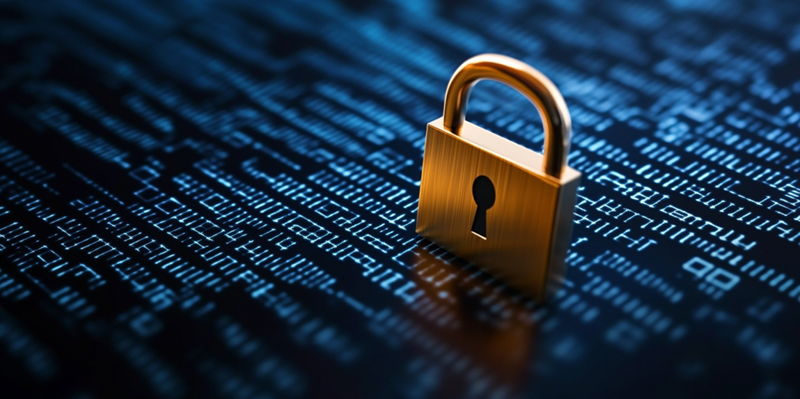During CYBERWARCON, Microsoft Threat Intelligence analysts provided an eye-opening analysis of the sophisticated cyber activities conducted by North Korean and Chinese hackers, revealing the depth and complexity of their operations. North Korea has become particularly notorious for its advanced computer network exploitation capabilities and large-scale financial thefts, especially in the realm of cryptocurrency, which they use to fund their weapons programs. Similarly, China has focused on gathering intelligence from various sectors, posing significant cybersecurity threats to global entities.
North Korea’s Sophisticated Cyber Operations
Evolution of North Korean Cyber Threats
Microsoft’s presentation titled "DPRK – All grown up" shed light on the evolution of North Korean cyber operations over the past decade, emphasizing the increased sophistication of their tactics. One key aspect of their advanced capabilities includes the deployment of zero-day exploits, which are rare and potent cyber weapons. Furthermore, North Korean operators have harnessed evolving technologies in blockchain and artificial intelligence, showing a level of advancement previously unseen. High-profile threat actors, such as Sapphire Sleet and Ruby Sleet, have demonstrated their prowess by mimicking venture capitalists and recruiters on LinkedIn, a strategy designed to deceive victims and gain access to sensitive information.
In addition to these tactics, North Korean hackers have also adopted the method of signing malware with compromised certificates, which offers a higher likelihood of bypassing security measures undetected. They also spread backdoored software, skillfully slipping malicious code into seemingly legitimate programs. These advanced tactics highlight North Korea’s technical acumen and their continuous adaptation to cybersecurity measures. Meanwhile, their exploitation of financial systems through cyber theft and fraud has provided them with a significant source of revenue, predominantly in cryptocurrency, which is then funneled into their nuclear and weapons programs.
Circumvention of Financial Sanctions
Adding another layer to their capabilities, North Korea has managed to circumvent stringent international financial sanctions through innovative and deceptive means. North Korean IT workers are often deployed in countries like Russia and China, where they operate under false identities, posing as non-North Koreans to conduct legitimate IT work. This strategy allows them to generate essential revenue without drawing direct scrutiny, thereby enriching the regime while avoiding the penalties associated with their official status. These workers often secure remote job roles, blending seamlessly with the global workforce, further complicating detection efforts.
Organizations are thus urged to adopt thorough verification techniques during the hiring process and remote interactions to ensure they are not inadvertently employing North Korean IT professionals. This aspect underscores the lengths to which North Korea goes to sustain its funding pipelines despite heavy international sanctions. The ongoing cyber theft activities by North Korean hackers continue to pose significant challenges for global financial security, necessitating enhanced vigilance and robust cybersecurity measures.
Chinese Cyber Threats and Intelligence Collection
Storm-2077 and Its Impact
Another major focus of Microsoft’s analysis was Storm-2077, a Chinese threat actor group that has been implicated in extensive cyber espionage activities. Storm-2077’s operations have targeted a broad range of sectors, including government agencies, non-governmental organizations (NGOs), the Defense Industrial Base, and the telecommunications industry. Their primary objective is intelligence collection, a task they have approached with methodical precision and resourcefulness. By infiltrating these sectors, Storm-2077 has managed to acquire sensitive information that poses significant threats to national security and commercial interests alike.
The sophisticated nature of these cyber operations reflects China’s continued investment in developing advanced hacking capabilities. The threat from Chinese hackers requires a coordinated defense strategy encompassing technological safeguards and policy measures to protect critical infrastructures and intellectual property. Microsoft’s insights into Storm-2077 emphasize the necessity of a proactive approach to cybersecurity and continuous improvement of defense mechanisms against persistent and evolving threats.
The Need for Comprehensive Defense Strategies
During CYBERWARCON, Microsoft’s Threat Intelligence team offered a revealing analysis of the complex cyber activities executed by North Korean and Chinese hackers. This in-depth examination uncovered the extent and intricacy of their operations. North Korea is particularly infamous for its advanced computer network exploitation skills. They have also engaged in large-scale financial thefts, especially within the realm of cryptocurrency, utilizing these stolen funds to bolster their weapons programs. On the other hand, China has become adept at gathering intelligence from diverse sectors, posing severe cybersecurity risks to global entities. These activities highlight the persistence and sophistication of these cyber threats, necessitating heightened vigilance and improved defensive measures worldwide. The ongoing cyber warfare waged by these countries continues to challenge the cybersecurity frameworks of numerous nations, prompting a critical need for advanced threat detection and mitigating strategies that can counteract these malicious operations.

